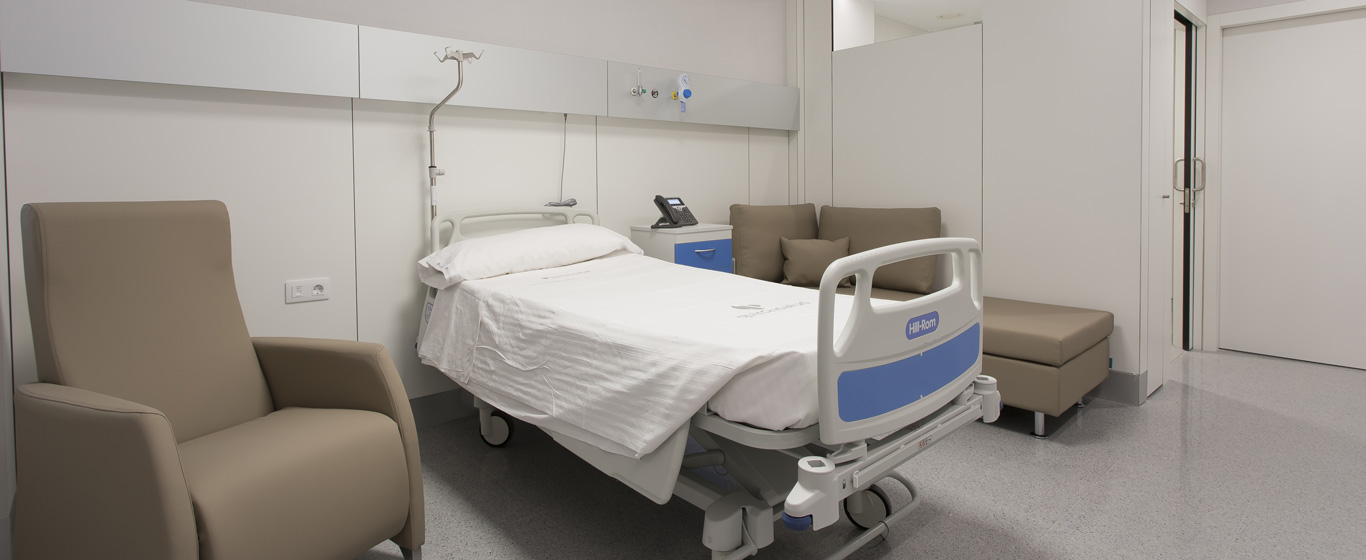Sciatica
How to relieve sciatica pain? All the information about the causes, symptoms, and most effective treatments for sciatic nerve inflammation.
Symptoms and Causes
Sciatica is pain that occurs in the sciatic nerve, the longest nerve in the human body, which starts at the base of the spine and extends through the legs to the foot. It is usually caused by a pinching or compression of one of its nerve roots.
Symptoms
Pain is the hallmark symptom of sciatica, which often improves with walking or applying heat and worsens when sitting, lying down, or standing. It can present in the following ways:
- Radiating from the buttocks to one of the legs; it is rare for it to be bilateral.
- Acute, like an electric shock or a burning sensation.
- Numbness or tingling in the muscles of the leg or foot.
- Weakness or loss of strength.
- Burning sensation in the leg or foot.
Causes
The sciatic nerve can be compressed and cause pain due to:
- Herniated disc.
- Protrusion of discs, meaning wear of the pads that cushion the vertebrae, causing inflammation of the sciatic nerve.
- Bone spur (abnormal bone growth).
- Osteoarthritis.
- Narrowing of the nerve canal.
- Tumor growth.
- Spondylolisthesis (slipping of a vertebra).
- Trauma.
Risk Factors
Some factors that increase the risk of developing sciatica include:
- Age: it commonly occurs between the ages of 30 and 50.
- Overweight, which increases pressure on the spine.
- Sedentary lifestyle.
- Sitting for long periods.
- Frequently lifting heavy weights.
- Smoking.
- Diabetes.
Complications
When sciatica worsens and does not respond properly to treatments, it can cause weakness or loss of sensation in the affected leg.
Prevention
To prevent sciatica, although it is not always possible, it is recommended to:
- Exercise regularly.
- Maintain the correct posture when sitting, standing, or lifting weight.
- Quit smoking.
- Maintain a healthy weight.
What doctor treats sciatica?
Sciatica is diagnosed in rheumatology or general medicine consultations. Additionally, the pain management unit plays a role in treatments, and if surgery is necessary, it is handled by neurosurgeons and/or orthopedists.
Diagnosis
The diagnosis of sciatica involves the following tests:
- Physical examination to assess muscle tone, strength, and reflexes. Additionally, movement ability and pain response are checked.
- X-ray of the spine: provides images of the bone condition and the anatomy of the spine.
- Computed tomography (CT) or lumbar magnetic resonance imaging (MRI): also allows visualization of soft tissues, such as nerves and muscles.
- Electromyography: measures the electrical impulses of the nerves and how the muscles react to them.
Treatment
The treatment of sciatica has several approaches. Among them, the most notable are:
- Medications: the most common are:
- Analgesics to relieve pain.
- Anti-inflammatory drugs to reduce swelling.
- Corticosteroids to support the immune system and reduce inflammation.
- Physical therapy: exercises to strengthen muscles, improve posture, and gain flexibility.
- Ozone discolysis: takes advantage of the anti-inflammatory properties of ozone, as well as its ability to promote collagen synthesis, which helps tissue repair. To treat sciatica, it is injected into the damaged disc to promote hyperoxygenation, breaking down the nucleus of the hernia and relieving pressure.
- Rhizolysis or lumbar radiofrequency: the use of an electric current that heats a small area of nerve tissue, destroying that section of the nerve.
- Surgery: sciatica surgery is the last resort when none of the previous treatments are effective and symptoms worsen. Some of the most used procedures are:
- Lumbar laminectomy: part of the vertebra is removed to widen the spinal canal and relieve pressure on the nerves.
- Lumbar discectomy: removes the damaged portion of the disc.

























































































